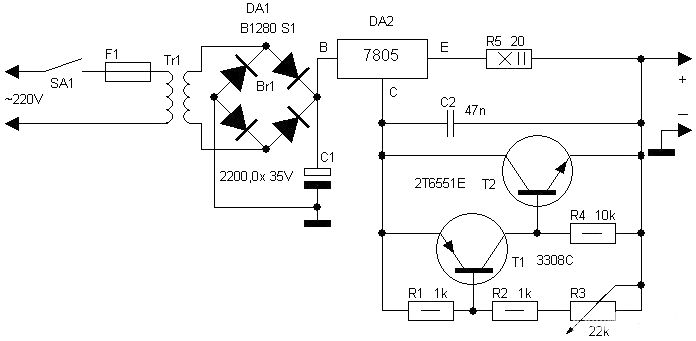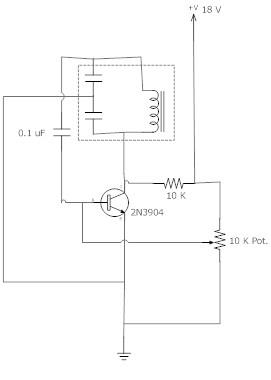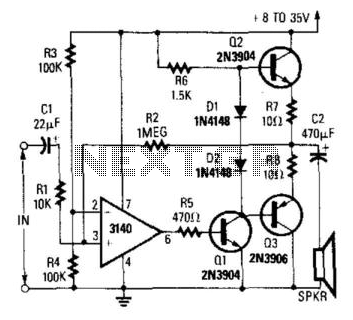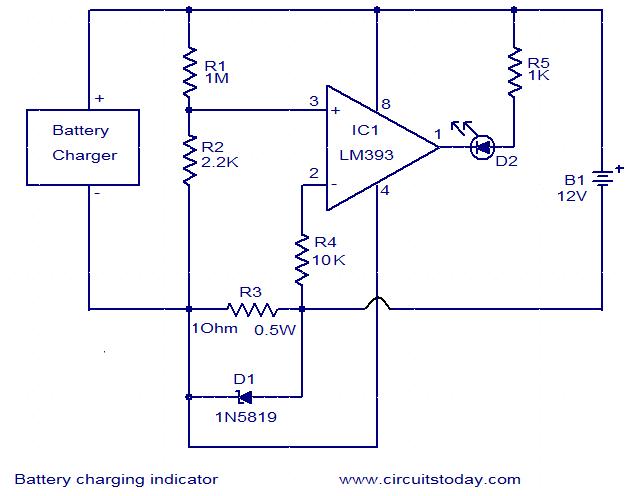
Simple but reliable car battery testers
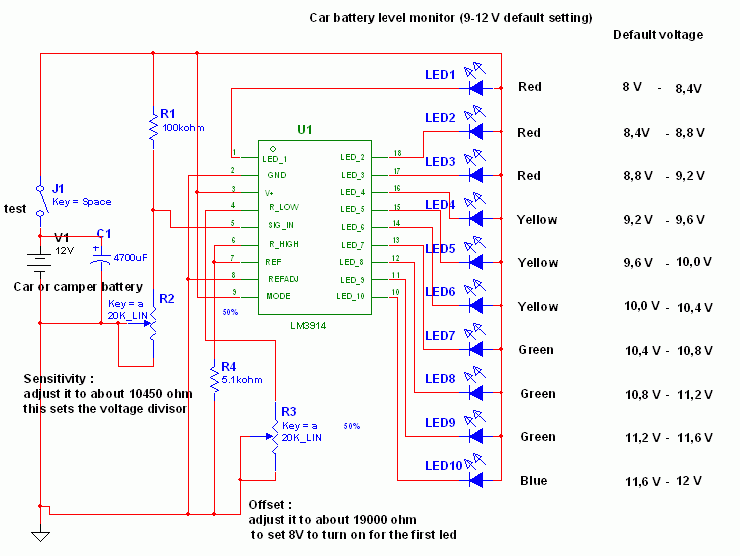
This circuit utilizes the widely available LM3914 integrated circuit (IC). The LM3914 is straightforward to operate, does not require external voltage regulators due to its built-in voltage regulation, and can be powered from nearly any voltage source. This makes it suitable for various electronics projects.
The LM3914 is a versatile LED bar graph/display driver that can drive up to ten LEDs in a linear or dot mode. It operates over a wide supply voltage range, typically from 4V to 12V, and can handle input signals from 0V to 1.2V. The IC features a reference voltage output that can be used to set the scale of the display, allowing for easy calibration.
The circuit typically includes a few passive components such as resistors and capacitors to stabilize the operation and filter noise. The input to the LM3914 can be derived from various sensors or signal sources, making it useful for applications such as audio level meters, battery voltage indicators, or any analog signal visualization.
When designing the circuit, care should be taken in selecting the appropriate LEDs for the display, considering their forward voltage and current ratings to ensure optimal performance. Additionally, the layout should minimize interference by keeping signal paths short and incorporating decoupling capacitors close to the power pins of the IC.
In summary, the LM3914 circuit is a user-friendly solution for visualizing analog signals, and its inherent features simplify the design process for various electronic applications.This circuit uses the popular and easy to find LM3914 IC. This IC is very simple to drive, needs no voltage regulators (it has a built in voltage regulator) and can be powered from almost every source. Electronics project.. 🔗 External reference
The LM3914 is a versatile LED bar graph/display driver that can drive up to ten LEDs in a linear or dot mode. It operates over a wide supply voltage range, typically from 4V to 12V, and can handle input signals from 0V to 1.2V. The IC features a reference voltage output that can be used to set the scale of the display, allowing for easy calibration.
The circuit typically includes a few passive components such as resistors and capacitors to stabilize the operation and filter noise. The input to the LM3914 can be derived from various sensors or signal sources, making it useful for applications such as audio level meters, battery voltage indicators, or any analog signal visualization.
When designing the circuit, care should be taken in selecting the appropriate LEDs for the display, considering their forward voltage and current ratings to ensure optimal performance. Additionally, the layout should minimize interference by keeping signal paths short and incorporating decoupling capacitors close to the power pins of the IC.
In summary, the LM3914 circuit is a user-friendly solution for visualizing analog signals, and its inherent features simplify the design process for various electronic applications.This circuit uses the popular and easy to find LM3914 IC. This IC is very simple to drive, needs no voltage regulators (it has a built in voltage regulator) and can be powered from almost every source. Electronics project.. 🔗 External reference
